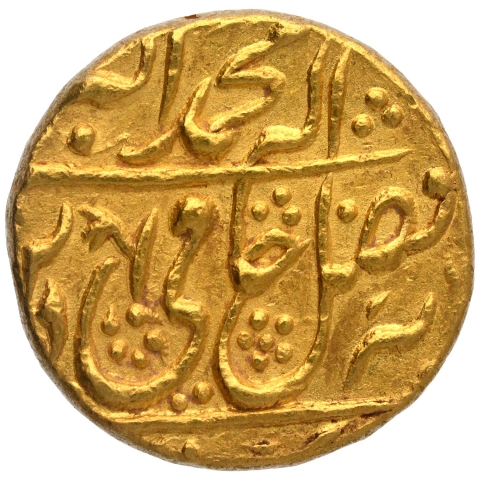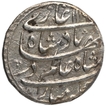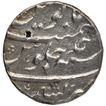This Lot is closed.
- P-Auction # 25
- Bids: 12
- Views:4995
| Start Price 1200000 | Estimated Price 1200000-1500000 |
| login, to view Hammer value | |
| Quick Description | ||||
|---|---|---|---|---|
| Denomination | Mohur 1 | Mint | Shahjahanabad (Dar ul khilafat) | |
| Metal | Gold | RY (Ruling Year) | Ahad | |
| Full Description: Muhammad Akbar II (1st Reign AH 1203/1788 AD), Shahjahanabad Dar-ul-Khilafa Mint, Gold Mohur, Ahad RY, "Hami-e-din" Couplet, Obv: sikka zad dar jahan ba fazle elah, hami e dine Muhammad Akbar Shah (Struck coin in the world by the divine power, The defender of the faith, Muhammad Akbar Shah), Rev: sana ahad julus, zarb Dar ul Khilafa Shahajahanabad on top and memanat manus,10.7g, 18.69mm, (Unlisted), about extremely fine, Unique. Muhammad Akbar II was the 26th Mughal Emperor, the astounding rarity of this coin is suggested by the historical events that mention the puppetry reign of the Prince Muhammad Akbar as lasting only for two days, 15th October 1788 to 17th October 1788. The Hijri year 1203 was the period of turmoil and change of Emperors. It saw the rule of Delhi changing from the hands of Shah Alam II to Bedar Bakht, from Bedar Bakht to Muhammad Akbar II and from Muhammad Akbar II to Shah Alam II again. The young Prince Akbar II was enthroned by the Rohilla chief Ghulam Qadir on 15th October 1788. Mirza Akbar Shah wrote to Nawab Faizullah Khan: " ...on 14th Muharram (15th October) the imperial throne was illuminated by our august accession and the sound of the kettle-drum of felicitations reached the ears of the inhabitants of earth and the world above the face of gold and silver coins shone brighter than the sun and the moon by the effluence of the impression, of our name on them. This reign was very short lived when Ghulam Qadir ran away and Mahadji Scindhia captured Delhi to reinstate the blind emperor Shah Alam II to the throne on 17th October 1788. It is very interesting to note that the emperor has left us a written record of the fact that Khutba was read and coins were struck in both metals, gold and silver, (at least for two days 15th and 16th October 1788), and that both such coins have been discovered. The British had already become the practical rulers of India and Shah Alam had lived virtually as a pensioner of the East India Co., which allowed Akbar II to be only a titular sovereign. He was not allowed to exert any influence over the East India Co. His coins are relatively few, as the coinage was gradually influenced by East India Co.Akbar had little de facto power due to the increasing British influence of India through the East India Company, he sent Ram Mohan Roy as an ambassador to Britain and gave him the title of Raja. For detailed discussion of the event and coinage of the puppets see the article by Dr Shailendra Bhandare, Muhammad Akbar: A pawn in politics the first reign ONS Newsletter 175, Spring 2003, pp.18-30 Highest rarity of this Emperor, offered for the first time in any auction in India.
| ||||










